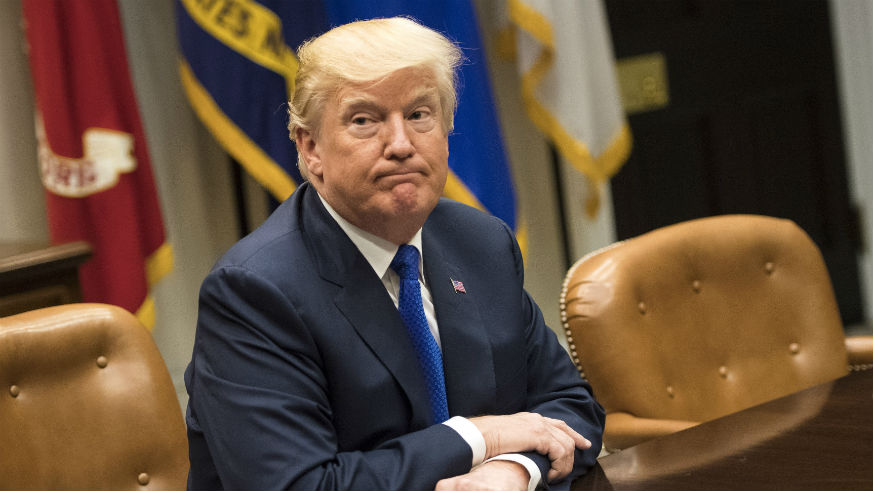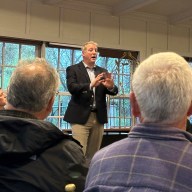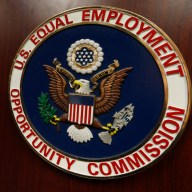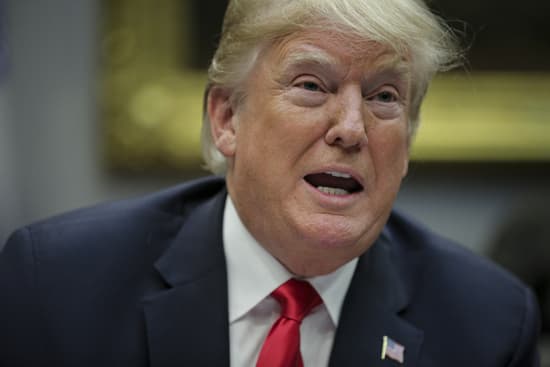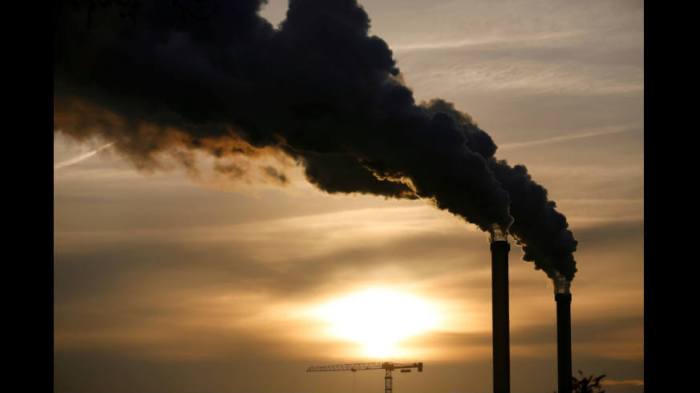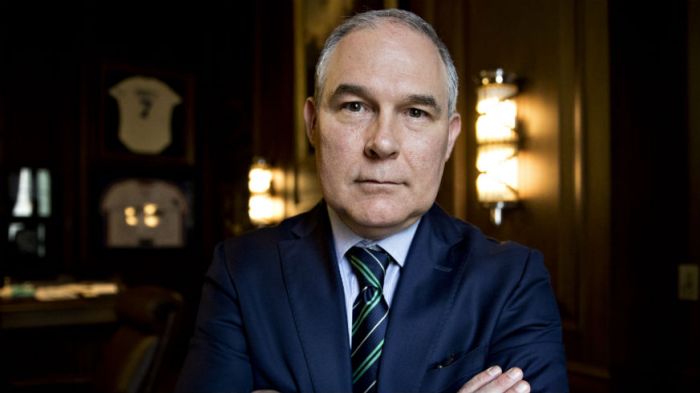Looking into the EPA lately is like walking into a hall of funhouse mirrors. Things are distorted and twisted from their original form, reversed and turned upside down until you start to wonder what exactly was real in the first place.
The EPA, or Environmental Protection Agency, has a pretty straight-forward purpose outlined by the department’s name: protect the environment. But lately, the department’s actions include scrubbing their website of every mention of climate change, ruling that radiation exposure equal to 5,000 chest x-rays is safe and, very quietly, blocking a ban on an insecticide known to be a neurotoxin.
The debate over this chemical, called chlorpyrifos but better known by brand names like Lorsban or Dursban, has raged for decades but garnered press back in July when multiple senators petitioned for a ban on the insecticide though the EPA wished to keep it legal. What did the senators have against this chemical? It’s in the same chemical family as sarin nerve gas, shown to cause brain damage in kids.
How was chlorpyrifos being used before Trump?
Chlorpyrifos was first introduced in 1965 as a pesticide and according to the EPA remains the pesticide most commonly applied in the United States. Pretty scary considering the now-insecticide is classified as a neurotoxin by the U.S. Centers of Disease Control and is used on common produce items like strawberries, apples and broccoli, among other fruits and vegetables.
Attitudes on the chemical changed a bit during the Clinton administration. In 1996, they signed into law an act that required regular scientific reviews of pesticides based on safety benchmarks for children’s health. One review on chlorpyrifos resulted in a ban on the chemical for almost all residential and indoor uses in 2000. The EPA follow up with an additional ruling that the chemical would remain classified as safe for agricultural and industrial uses.
Dissatisfied with this split ruling — since agricultural use impacts food consumed by children — the Pesticide Action Network of North America and the Natural Resources Defense Council jointly filed a petition requesting that they either ban chlorpyrifos completely or issue hard and fast limits on the acceptable levels of the chemical in food. The Ninth Circuit court of appeals backed the petition, according to Snopes, ruling that the EPA had to respond with one of the outlined options by October 31, 2015.
What did the EPA decide about chlorpyrifos?
The EPA conducted another review of the chemical and filed a suggestion that all published tolerances (limits on acceptable levels) of chlorpyrifos on food be revoked, meaning a ban of the chemical. The department cited a serious concern as their basis for the decision, saying they could not “determine that aggregate exposure to residues of chlorpyrifos, including all anticipated dietary exposures and all other non-occupational exposures for which there is reliable information, are safe.”
So why is it up for debate again?
All of those reviews changed when Scott Pruitt, the current EPA Administrator, stepped in. Pruitt claims the reviews from previous administrations are dubious and questions their findings’ validity. Based on this belief, Pruitt turned the EPA in a 180 and denied the petition. And that’s where the company Dow Chemicals sparked some debate.
So how is Dow Chemical involved?
Pruitt’s abrupt decision to reverse the EPA findings of previous administrations raised eyebrows because it sounds eerily like the demands made of the Trump administration by letters submitted by lawyers on behalf of Dow Chemical and two other companies that produce these types of chemicals to urge that the findings of past studies that the companies found dubious “be set aside.” As the Associated Press points out, the CEO of Dow Chemical is “a close advisor to Trump.” (Pictured below.)

Why are people upset about this recently?
You can thank Chelsea Handler for resurfacing the issue again. She posted a tweet on November 19, 2017 that was quickly shared by over 33,000 users and liked over 45,000 times. Although not all of her claims within the tweet text are completely true — Snopes addresses them all if you’re curious — it did get plenty of attention.
Chlorpyrifos is a chemical from Dow Chemical Company. It came from the nazis and is a nerve agent that does irreversible brain damage. It was supposed to banned this year, but trump decided to let it be used on fruits and vegetables. Dow gave trump 1 million dollars.
— Chelsea Handler (@chelseahandler) November 19, 2017
The text from this tweet was picked up by the organization Really American in a video posted to their Facebook page, which called for a total ban on chlorpyrifos.
So, the chemical was supposed to be banned but now Trump’s allowing it?
Sort of. Yes, the chemical was supposed to be banned after the EPA’s report in 2015. But it’s only indirectly because of Trump. The person who made the decision to reverse this ban was Scott Pruitt, the EPA Administrator. Trump can only be held responsible for appointing Pruitt, who then made this decision.
Did Trump take money from Dow Chemical?
Absolutely yes. The chemical company “donated one million dollars to Trump’s inaugural committee” according to Snopes, which The Hill reports was one of Trump’s largest donations. He wasn’t the only one to get a hefty chunk of dough, either. George W. Bush got some money from the chemical company to the tune of $250,000 to his 2005 inaugural committee. Coincidently, or not, Bush also sought to diminish restrictions on chlorpyrifos.
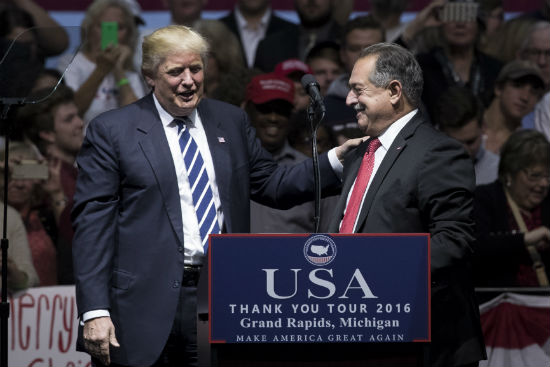
The company did not give any money to Obama’s inaugural funds for either of his terms, Snopes reports, and it was during the Obama administration that the EPA issued their review that suggested a complete ban on the chemical.
So, yes, in terms of what happened first, Trump accepted $1 million from Dow Chemical, and then his administration overturned the ban on a chemical this company produces.

